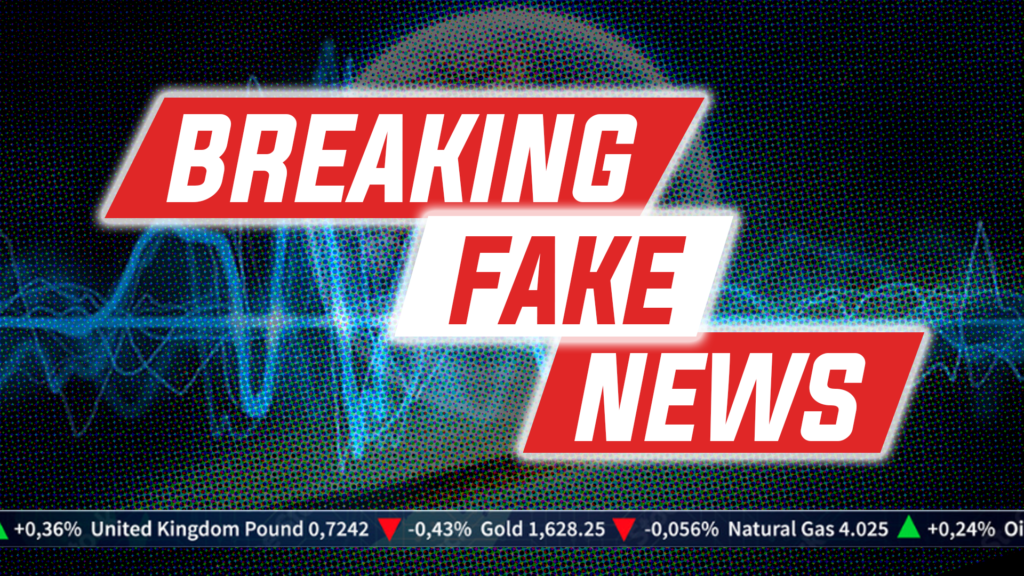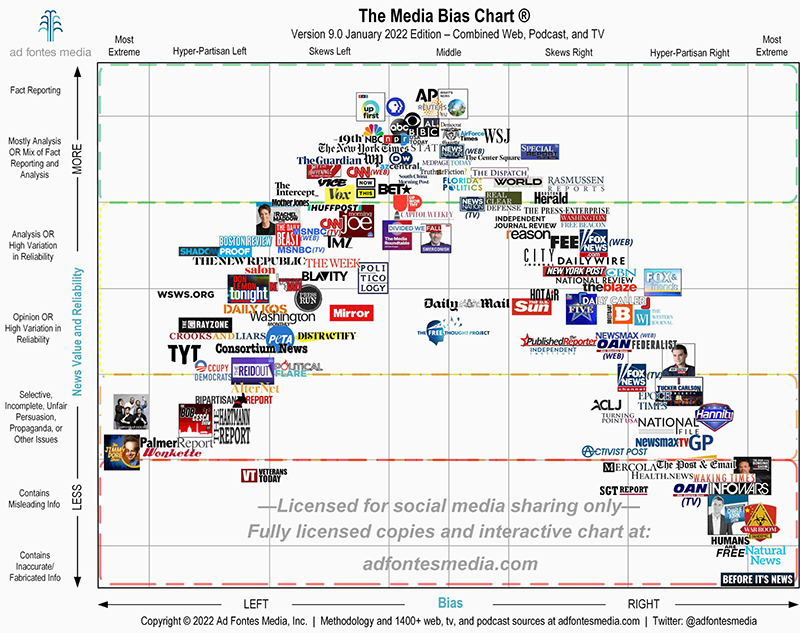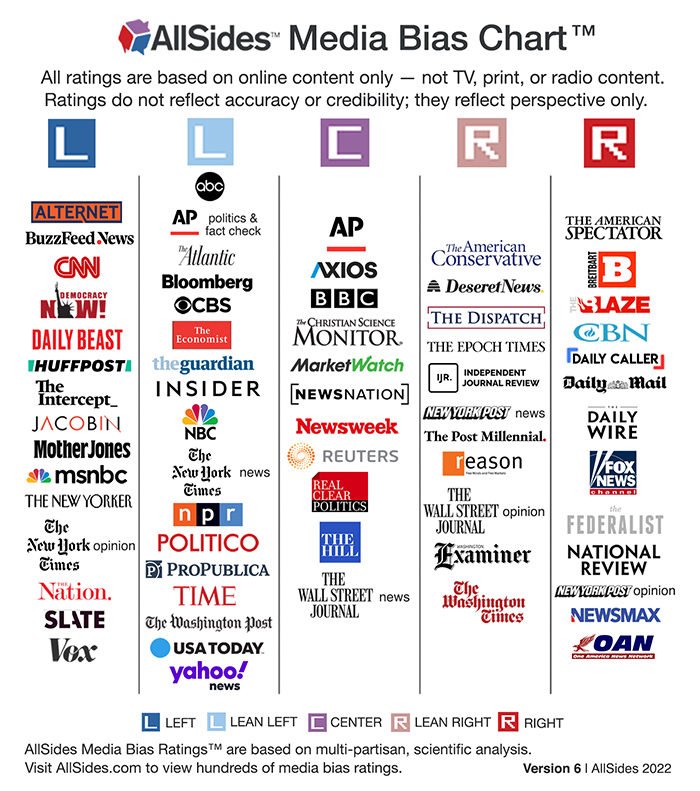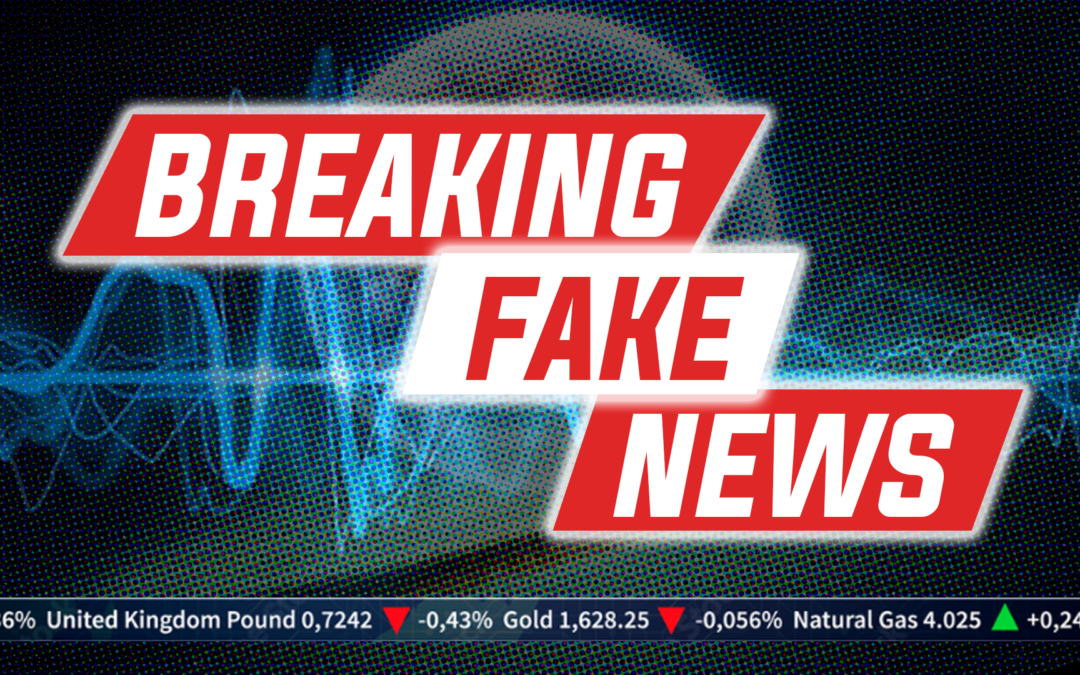
These days, more than ever before, you need to careful with the news you digest and how much you trust it.
It’s said that there is no such thing as completely impartial and unbiased journalism. Every journalist and every news outlet have at least some interest in, or prejudice behind, the angle a story takes. And, although the facts might all be credible, the spin can add color that the facts don’t originally present on their own.
With the rise of social media and the internet, the proliferation of news and news outlets has exploded. We’re all bombard with facts and information from every possible angle of interpretation. We’ve also seen the proliferation of a somewhat new media: fake news.
Fake news is literally information that we get spammed by that isn’t true or real, but it maliciously intended to influence what we think we think we know.
The internet has also given rise to click-bait news – sensationalized topics put out there to get social media hits, followers, influence, and often therefore, ad revenue.
So yes, you need to be careful. There’s a lot of bias. Spin doctoring. Misinformation. And outright lies flooding the media atmosphere.
How does this impact financial news and information?
Financial news is just as subject to biased, false, and fake information as any other type of news. Various outlets may have particular political leanings that color how they present financial information. They may support certain companies and their activities and be antagonistic to the efforts of other companies.
For example, a news outlet may be at odds with Twitter for some reason. They may like the fact that Elon Musk is trying to buy Twitter and might make changes that would make the social media site more favorable to them. They might then elect to pump up positive spins on the deal or on Musk and downplay negative information.
There also might be out-and-out PR campaigns promoting a certain merger or IPO, or even negative campaigns seeking to bring down the stock price of a particular company. Fake news might be published seeking to influence particular financial events. There are even influential financial bloggers who can throw out stories about a company, true and untrue, that can rock that company’s financial position either positively or negatively.
You also need to be particularly wary of investment advice, stock tips, and buy/sell recommendations from media outlets. Take them all with a grain of salt until you’ve verified that they are objective and unbiased. Many times the outlet or the author has a vested interest in promoting certain stocks.
Here are two charts that attempt to organize the most popular social media news outlets in terms of their reputed bias and accuracy.
These charts are somewhat controversial in nature and it’s hard to pin down a particular media outlet in such simplistic terms, but they do give a starting point for considering where a news source may be coming from.
The AllSides chart is a more simplified presentation of political bias. The Media Bias chart graphs political leaning as well as perceived accuracy and honesty.


5 things you can do to protect yourself against media bias and misinformation.
- Consider the source. Pay attention to the outlet the information comes from. Do they have a particular bias they follow or an agenda they pursue when presenting information? Is it a credible news outlet or some strange place you’ve never heard of before? (See charts above.)
- Compare the same information from multiple sources. Check to see what other outlets are saying about the same story. Do they line up together to paint a consistent picture? Or has the story you’re looking at gone off the rails compared to the others?
- Get the whole story. Read beyond the headline or the video title. Read the entire article before considering whether or not you accept the information it’s presenting. Headlines and titles are often constructed to grab your attention and get you to click on the link. The information they contain can be a sensationalized version of what’s really going on. Fear is a common hook used by fake news/click-bait headline writers. Consider the difference in these two headlines: “Strong storms with dangerous winds forecast for tonight” vs. “Killer storms barreling down on your house tonight? Who will survive?”. Which one sounds more credible to you?
- Consider the sources. Does the article list its sources to back up the info it is presenting? Or are the sources vague and non-specific. Is the article just opinion or does it report facts from a credible source?
- Consider your own filters. We all tend to believe information we agree with or that supports our beliefs, political positions, or points of view. Try and extend beyond your own beliefs and consider the presentation of alternate points of view. You don’t have to accept them, but maybe they’ll add to your perspective of what’s really going on.

